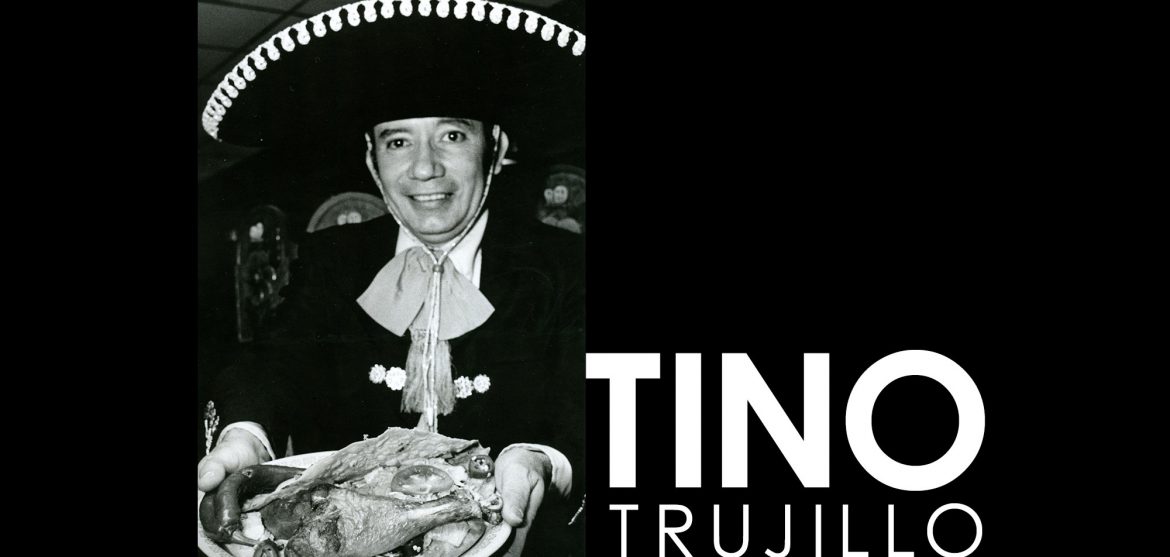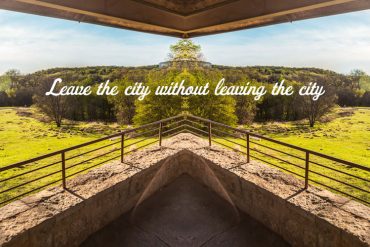From “Dirt Poor” to College Trustee
It’s always impressive when someone from humble beginnings manages to obtain a college education. But when that person goes on to help start a college, it’s an even bigger deal.
That’s the incredible story of Fortino “Tino” Pineda Trujillo, one of the founders of Collin College and one of Plano’s most beloved and accomplished citizens.
Tino was born in 1932 in Villa Victoria, Mexico, the 11th of 13 children. According to his daughter, Tino’s family was “dirt poor” but loved to give back to those who had even less.
Tino attended the University of Mexico City majoring in economics, and worked as a school teacher, federal tax collector, industry inspector and economist for the government of Mexico before immigrating to the United States in 1952. He served in the United States Army and eventually became a partner at his first restaurant in Glendale, Calif.
After moving to Plano, he opened Tino’s Mexican Restaurant and Cantina in 1976 on K Avenue, where Plano Municipal Center is now located. Plano’s population was just 43,000 at the time, and those first few years were a struggle.
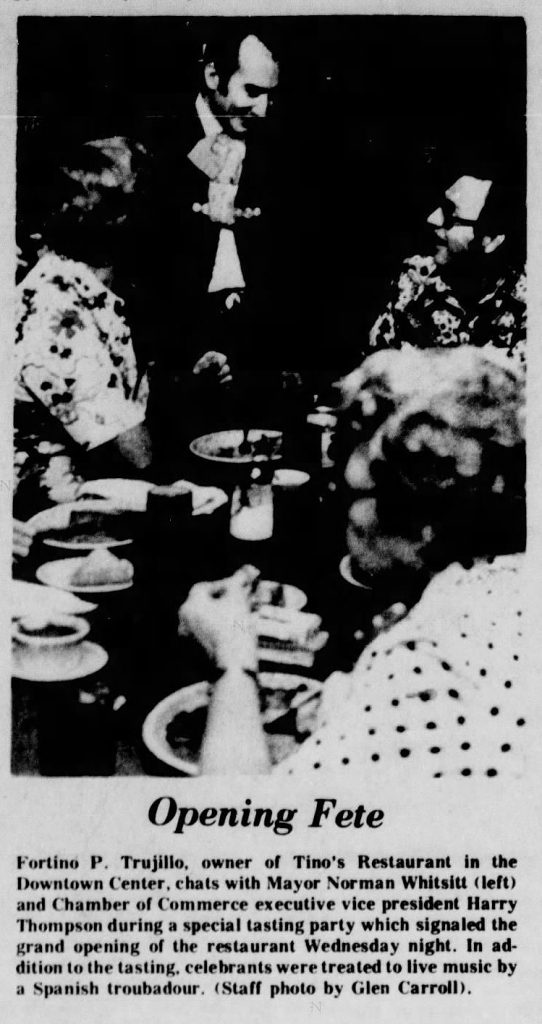
“It wasn’t easy at all when he opened,” said Raul Trujillo, Tino’s nephew. “There was no business. Tino’s shoes had holes in them, so he’d put cardboard in the bottom. But Tino loved making friends and talking to people, and he would not give up.”
Eventually, persistence paid off and business picked up. Tino met and married Janie in 1979.
A few years later, Tino’s relocated to Collin Creek Mall, and the restaurant quickly became a popular spot. It was not uncommon for lines to form outside the entrance, and the eatery was busy all day and evening.
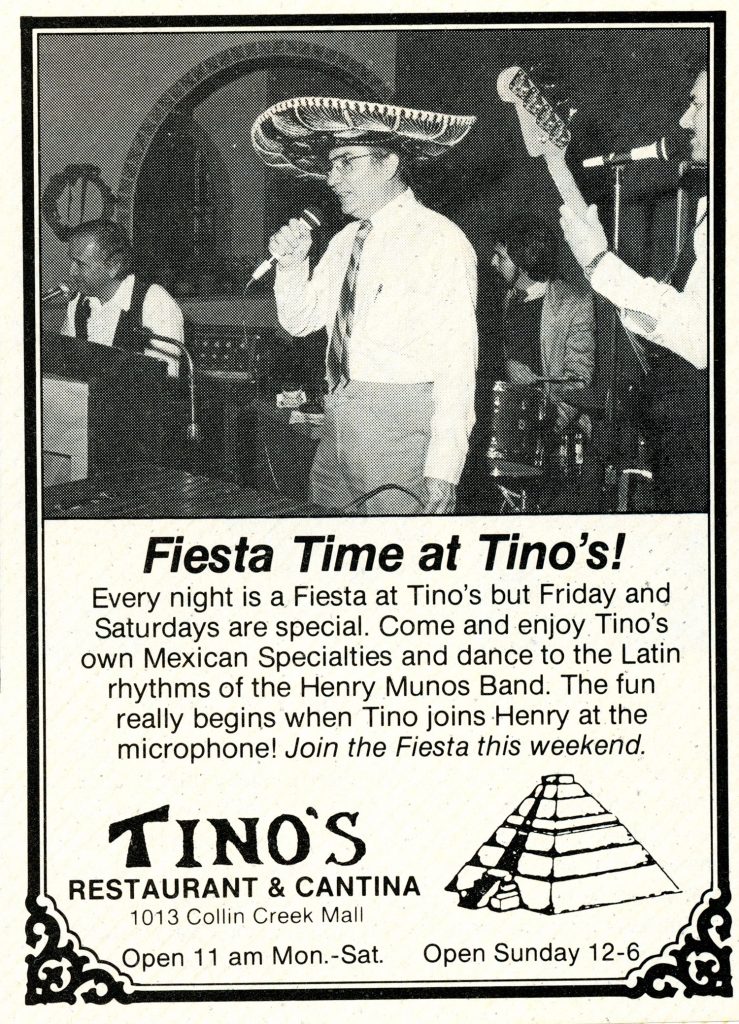
“Tino always greeted us on each visit,” said Julie Holmer, a longtime resident. “When it was announced that the restaurant was closing in 2012, my family went for our last visit, and the place was packed! I ran into so many high school friends who were also there to celebrate this Plano institution.”
Music added to the festive feel of the place, and often, Tino would grab the mic and serenade diners.
“Tino was very social, very good with people,” Raul said. “He made a lot of friends, and he remembered their names.”
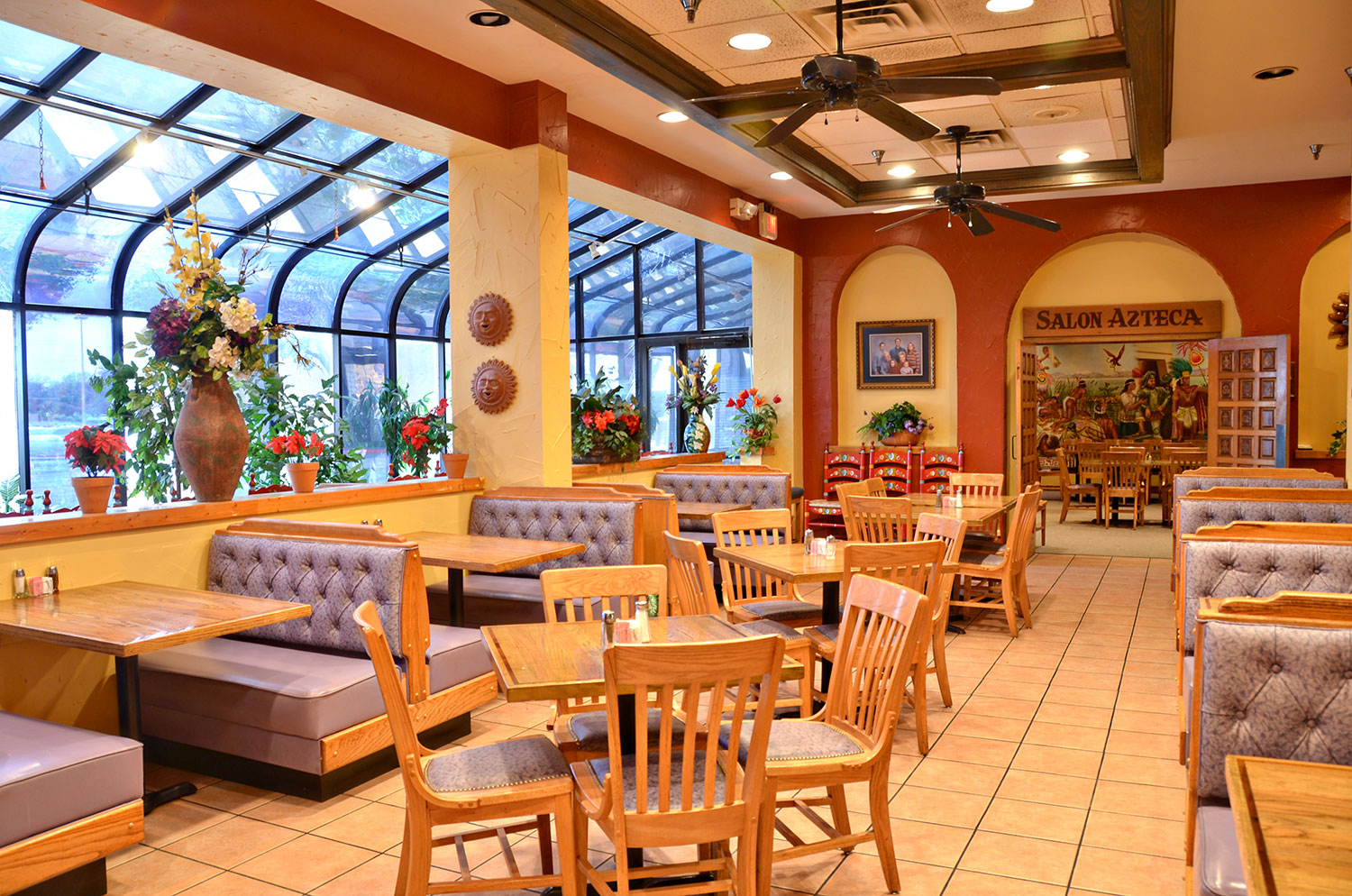
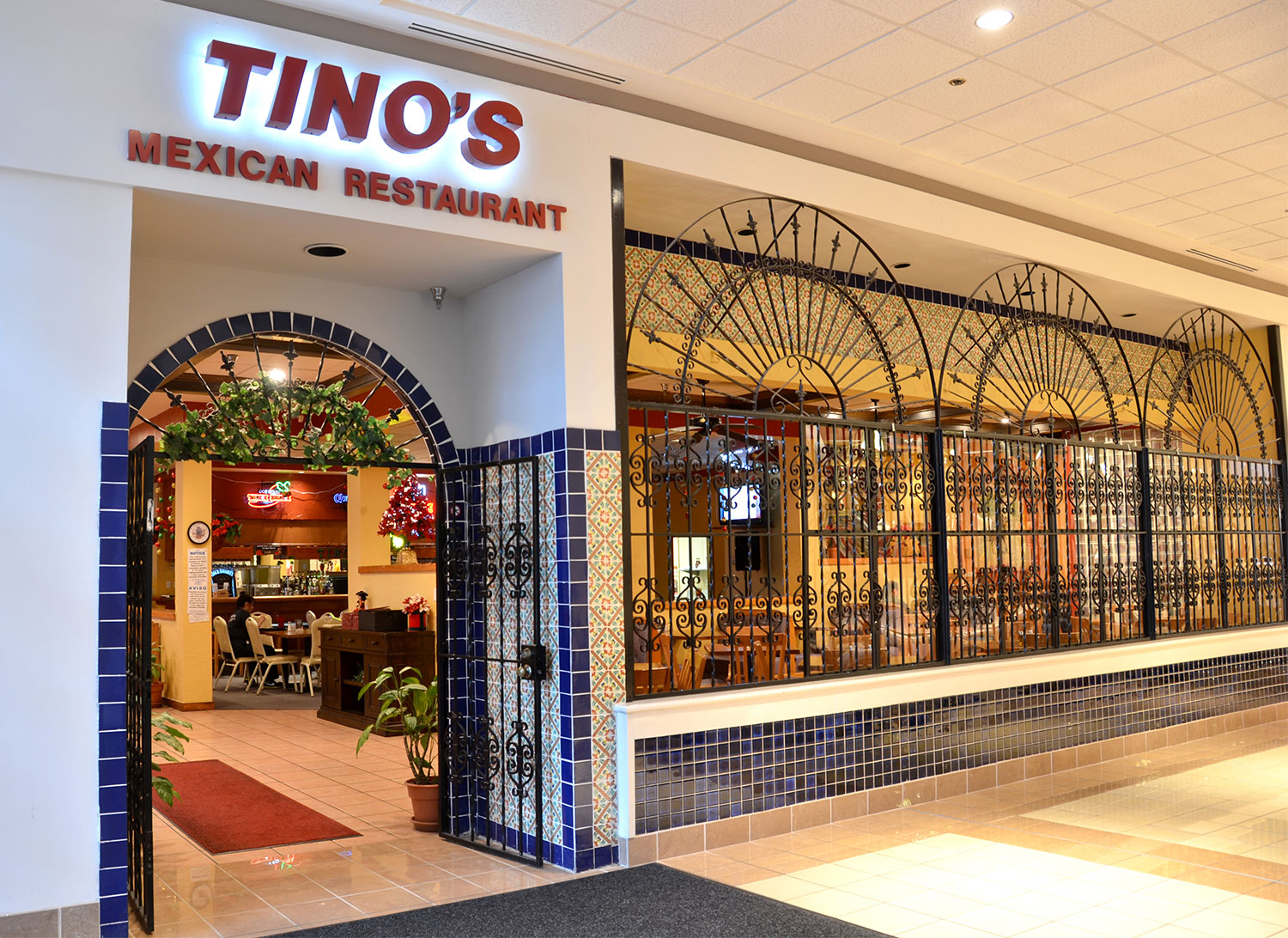
Launching a College
Tino was known for serving the best Mexican food in Plano, but his most lasting legacy was helping found Collin County Community College, now Collin College. He was integral in the formation and governance of the college district, leading a group of volunteers who obtained signatures to bring the proposal to a vote in April 1985. During his tenure, the college grew from 1,300 students on one campus to nearly 52,000 at seven sites.
Tino was elected to Place 7 on the college’s first Board of Trustees in 1985 and had served five terms – nearly 30 years – by the time he retired in 2014. Family members believe Tino was the first person of Hispanic origin elected to public office in Collin County.
Colin Chopin, a friend, remembers Tino as an unassuming man who had the respect of many. “He did not put himself forward to become a trustee of the college,” he said. “He ran because enough people said, ‘C’mon, you need to be on the board.’ He had the qualities that led people to want his participation.”
When he passed away at age 82 in 2015, The Dallas Morning News obituary called Tino “a quiet bridge-builder for numerous civic and business projects in Collin County” and a “kind, gentle and soft-spoken man who united people with needs with others who could help.”
Many remembered his love of the community and his patrons.
“Tino truly cared about serving others and was proud to be an American citizen and to serve our country,” his obituary said. “He always extended a helping hand to others, and at his restaurant the most important thing to him was to speak to every single customer that would walk through the door. He wanted you to feel at home while you were there, and would remember your name and your kids’ names the next time you came in.”
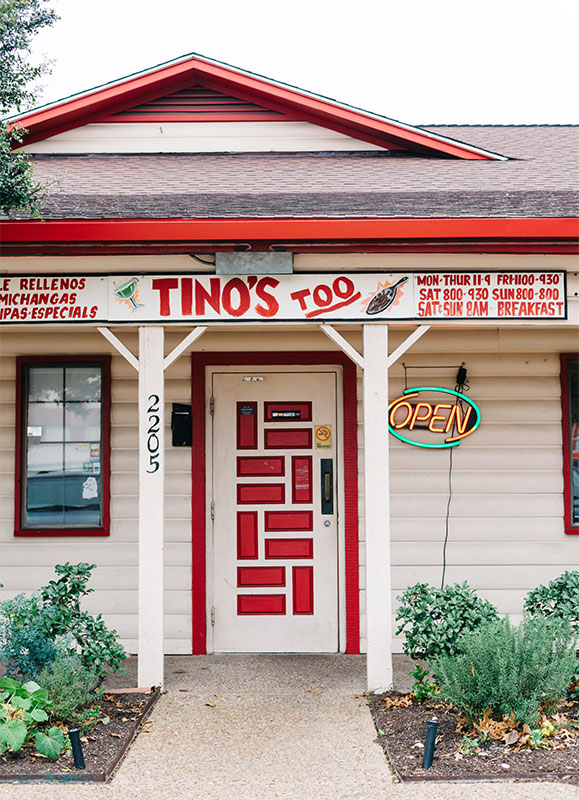
The current incarnation of the restaurant, Tino’s Too, is located at 2205 K Avenue near the original location. There are still many traces of the beloved Plano icon to be found there. Tino’s nephew, Raul, works in the restaurant, as does Raul’s wife, daughter and son, Raul Jr. The tile floor, as well as the decorative tiles on the wall, were all installed by Tino himself.
“When we leased this place, it was just a big room,” Raul said. “Tino designed everything and we built the walls with his help.”
Raul tries to keep Tino’s spirit alive by keeping Tino’s Too a friendly local place where visitors can expect a kind smile and, of course, delicious Mexican food.
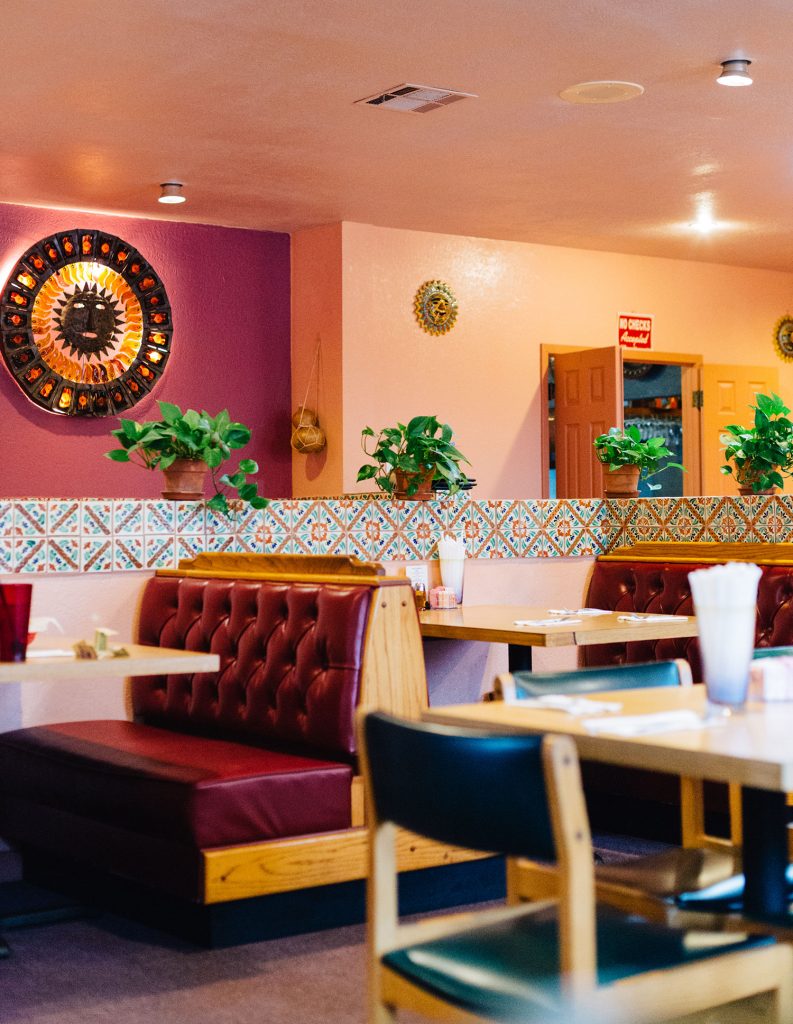
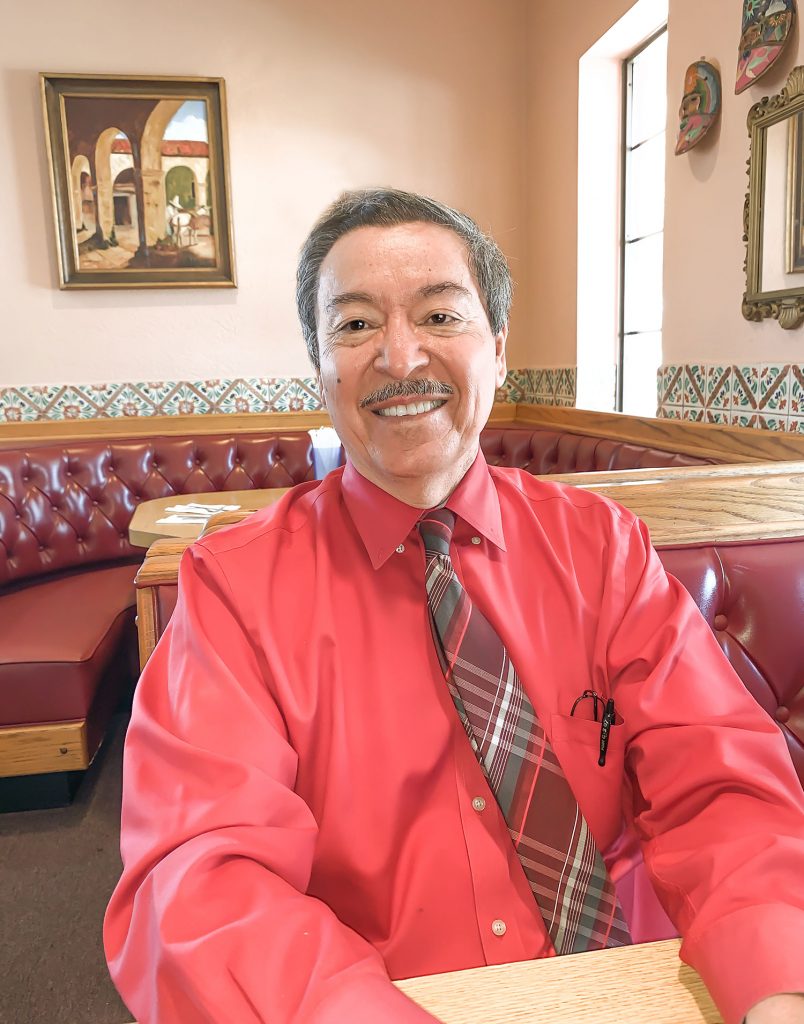
Read more about Tino Trujillo and other little known tales of the city in the upcoming book “Hidden History of Plano” (History Press, 2019) by Mary Jacobs, Jeff Campbell and Cheryl Smith. All proceeds benefit the Plano Conservancy for Historic Preservation. Purchase the book this fall at the Interurban Railway Museum and on Amazon.
Tino's Too >
Tino’s Too
2205 K Ave
Plano, TX 75074

